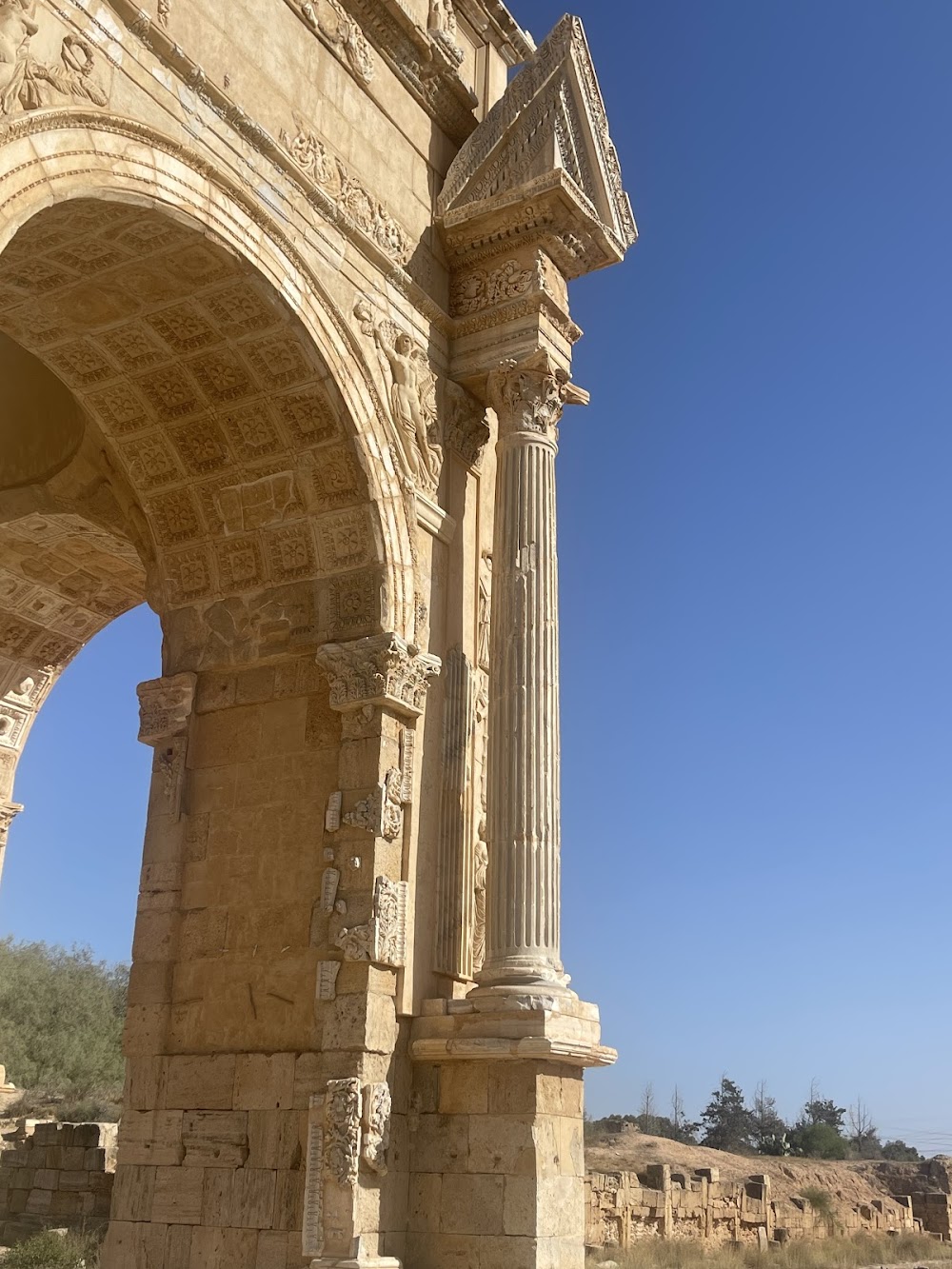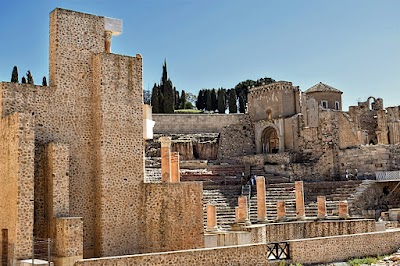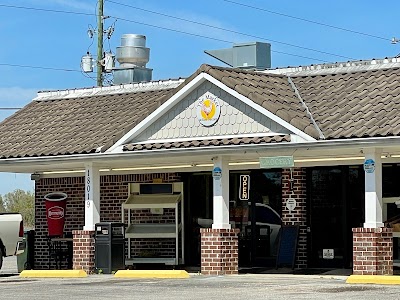Leptis Magna (لَبْدَة)
Overview
Leptis Magna, an ancient city located in Murqub, Libya, is renowned for being one of the best-preserved Roman ruins in the Mediterranean. Founded by the Phoenicians in the 7th century BCE, this remarkable site flourished during the Roman Empire, particularly under the reign of Emperor Septimius Severus, who hailed from this very city.
In the 2nd century CE, Septimius Severus embarked on a monumental development project to elevate his birthplace into a grand urban center. This transformation included the construction of magnificent buildings such as basilicas, temples, and public baths, all of which epitomize the architectural splendor of the era. Its strategic position along the Mediterranean coast not only facilitated trade but also enhanced its prosperity, establishing Leptis Magna as a vital hub within the Roman Empire.
One of the most striking structures in Leptis Magna is the Severan Basilica. This impressive edifice, erected during the Severan dynasty, served as the city's main administrative and judicial center. Its architecture captivates visitors with its towering columns and intricate carvings, showcasing the remarkable engineering prowess of the Romans.
Another key area is the Forum, or marketplace, which played an essential role in the city's commercial and social life. The Forum was home to a variety of markets, shops, and administrative buildings, reflecting the bustling civic life of the Roman era. Its design, featuring expansive open spaces and monumental gateways, underscores the significance of public engagement in Roman culture.
The Theater of Leptis Magna is yet another highlight, designed to accommodate thousands of spectators. Built in the early 1st century CE, this semi-circular amphitheater hosted an array of performances and social gatherings, making it a central venue for entertainment in the city. Its remarkable state of preservation allows visitors to imagine the vibrant atmosphere of ancient performances.
Additionally, the city boasts an extensive network of aquaducts and public baths, crucial elements of urban life in Roman society. The Hadrianic Baths, constructed under Emperor Hadrian, exemplify the grandeur of Roman bath complexes. Featuring hot and cold rooms, swimming pools, and exercise areas, these baths highlight the Roman commitment to public hygiene and leisure.
Leptis Magna's decline began in the 3rd century CE, driven by economic challenges, invasions, and shifts in trade routes. By the end of the 7th century CE, the city had largely been abandoned, with its impressive structures gradually buried beneath layers of sand and earth. However, the archaeological significance of this site was rediscovered in the 19th century, leading to extensive excavation and restoration efforts in the 20th century.
Today, Leptis Magna is designated a UNESCO World Heritage Site, drawing scholars, history enthusiasts, and tourists from around the world. The remaining ruins, adorned with elaborate mosaics, towering columns, and intricate architectural details, offer a captivating glimpse into the grandeur of ancient Roman civilization and the lasting legacy of Emperor Septimius Severus.









